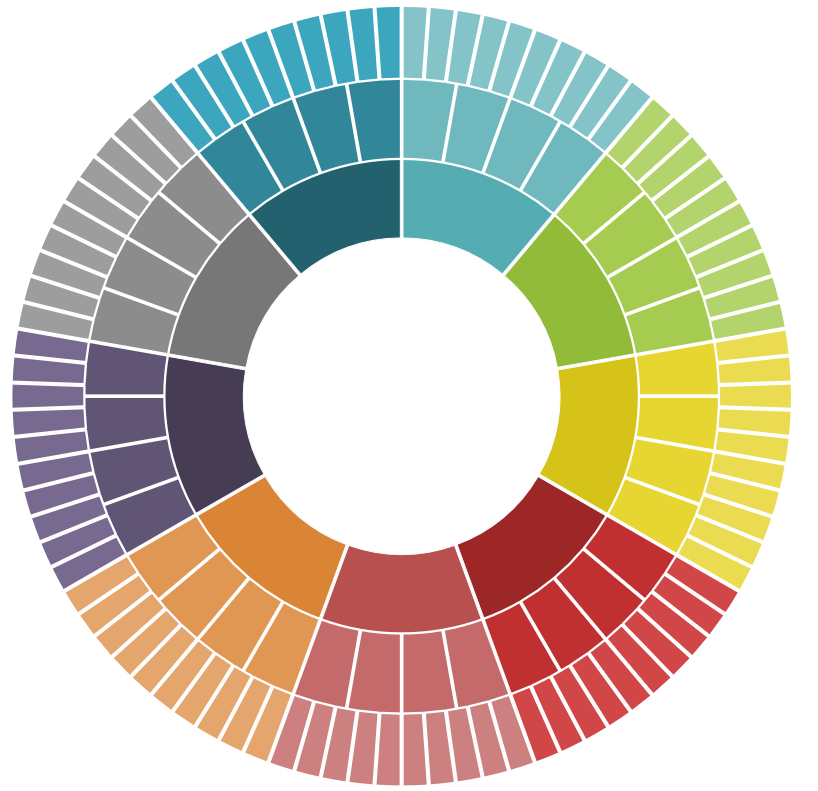Volltextsuche nutzen
- versandkostenfrei ab € 30,–
- 11x in Wien, NÖ und Salzburg
- 6 Mio. Bücher
- facultas
- Detailansicht


Separation and Isolation of Proteins
a Laboratory Manual of Analytical Methods of Protein Chemistry (Including Polypeptides)


E-Book
(PDF mit drm)
(PDF mit drm)
55,07€
inkl. gesetzl. MwSt.
EPDF (mit DRM) sofort downloaden
Downloads sind nur in Österreich möglich!
Leitfaden zu E-Books
Downloads sind nur in Österreich möglich!
Leitfaden zu E-Books
In den Warenkorb
Click & Collect
Artikel online bestellen und in der Filiale abholen.
Derzeit in keiner facultas Filiale lagernd. Jetzt online bestellen!Artikel online bestellen und in der Filiale abholen.
Artikel in den Warenkorb legen, zur Kassa gehen und Wunschfiliale auswählen. Lieferung abholen und bequem vor Ort bezahlen.
Auf die Merkliste
Veröffentlicht 2014, von P. Alexander, R. J. Block bei Elsevier Science
ISBN: 978-1-4831-4980-6
262 Seiten
A Laboratory Manual of Analytical Methods of Protein Chemistry (Including Polypeptides), Volume 1: The Separation and Isolation of Proteins deals with the techniques used in the separation and isolation of proteins, including fractionation and characterization by dialysis, multi-membrane electrodecantation, and zonal density gradient electrophoresis. The fractionation of proteins by adsorption ...
Beschreibung
A Laboratory Manual of Analytical Methods of Protein Chemistry (Including Polypeptides), Volume 1: The Separation and Isolation of Proteins deals with the techniques used in the separation and isolation of proteins, including fractionation and characterization by dialysis, multi-membrane electrodecantation, and zonal density gradient electrophoresis. The fractionation of proteins by adsorption and ion exchange is also described. This book is comprised of seven chapters and begins with a discussion on procedures for the separation of proteins, paying particular attention to the liberation of proteins from cellular material; removal of lipids from lipoproteins; and denaturation, fractionation, and purification of proteins. The next chapter focuses on the isolation of biologically active proteins such as cytochrome, bacterial amylases, and bacterial proteinases. The reader is methodically introduced to fractionation of proteins by adsorption and ion exchange; fractionation and characterization by dialysis; multi-membrane electrodecantation; and continuous and discontinuous partition. The final chapter explains how zonal density gradient electrophoresis works as a separation method for natural mixtures of proteins, their degradation products, and other substances carrying electric charges in solution or suspension. This volume will be of interest to chemists working with proteins.
A Laboratory Manual of Analytical Methods of Protein Chemistry (Including Polypeptides), Volume 1: The Separation and Isolation of Proteins deals with the techniques used in the separation and isolation of proteins, including fractionation and characterization by dialysis, multi-membrane electrodecantation, and zonal density gradient electrophoresis. The fractionation of proteins by adsorption and ion exchange is also described. This book is comprised of seven chapters and begins with a discussion on procedures for the separation of proteins, paying particular attention to the liberation of proteins from cellular material; removal of lipids from lipoproteins; and denaturation, fractionation, and purification of proteins. The next chapter focuses on the isolation of biologically active proteins such as cytochrome, bacterial amylases, and bacterial proteinases. The reader is methodically introduced to fractionation of proteins by adsorption and ion exchange; fractionation and characterization by dialysis; multi-membrane electrodecantation; and continuous and discontinuous partition. The final chapter explains how zonal density gradient electrophoresis works as a separation method for natural mixtures of proteins, their degradation products, and other substances carrying electric charges in solution or suspension. This volume will be of interest to chemists working with proteins.
